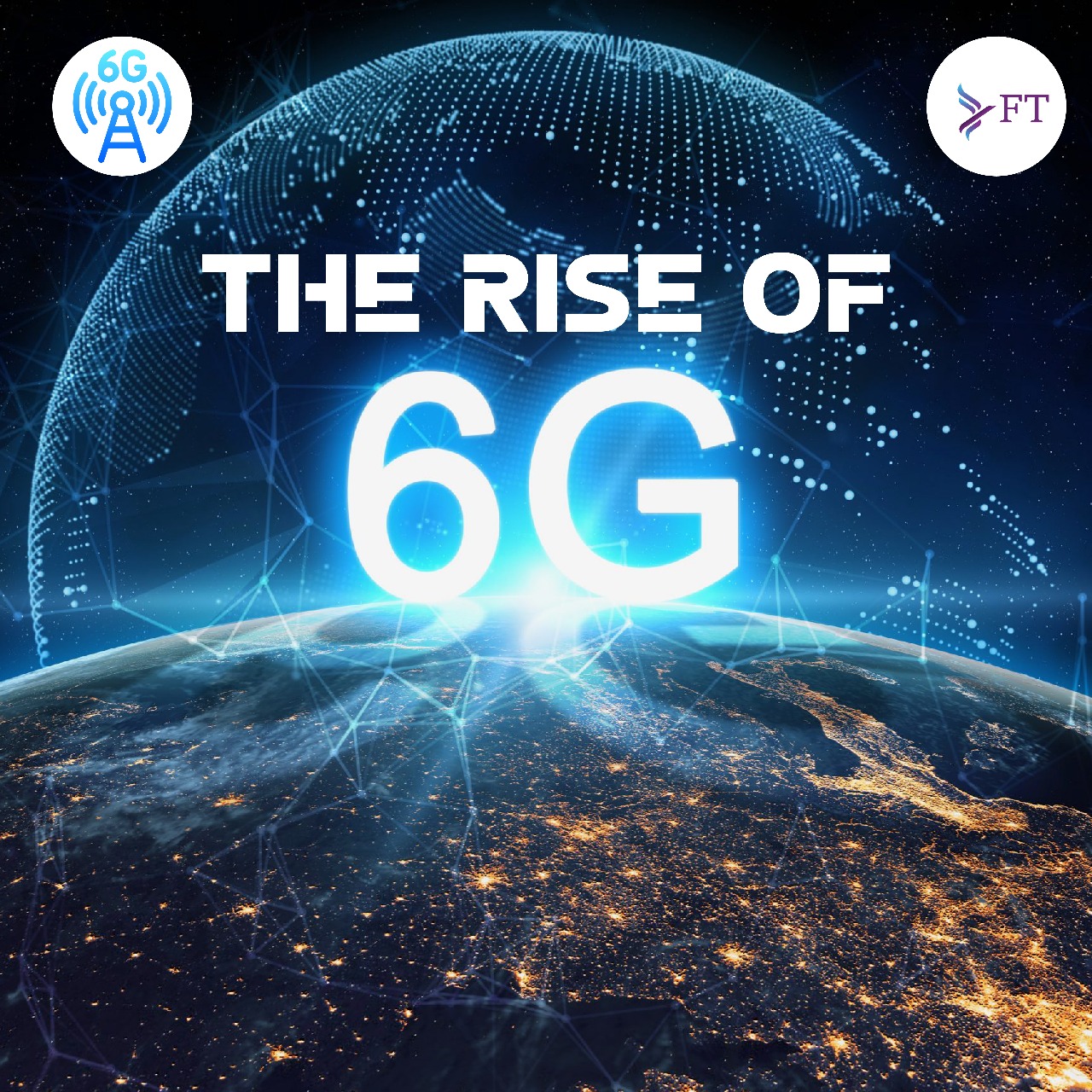
As the world continues to embrace the revolutionary capabilities of 5G, researchers and tech giants have already set their sights on the next frontier—6G.
Current Trends in 6G Development
Although 6G is not expected to be commercially available until around 2030, research and experimentation are well underway.
- Terahertz (THz) Spectrum – 6G will leverage higher frequency bands (above 100 GHz), enabling speeds up to 100 times faster than 5G.
- AI-Driven Networks – AI and machine learning will play a crucial role in optimizing network performance, resource allocation, and cybersecurity.
- Holographic Communications – 6G is expected to enable real-time holographic displays, transforming remote work, healthcare, and entertainment.
- Integration with Quantum Computing – Quantum technology could enhance encryption, ensuring ultra-secure communications.
- Sustainable and Energy-Efficient Networks – As concerns about environmental impact rise, 6G aims to incorporate green technology, minimizing energy consumption while maximizing efficiency.
Countries Investing in 6G
Several countries are leading the race toward 6G development, allocating substantial funds for research and innovation. According to the report from TECHSCI RESEARCH the countries investing on 6G includes
- China – China has launched its 6G research initiatives and sent the world’s first experimental 6G satellite into orbit in 2020.
- United States – Companies like Apple, Google, and Qualcomm are working alongside government agencies to explore 6G possibilities.
- Japan – Japan aims to deploy 6G technology by 2030, with investments from NTT and major telecom providers.
- South Korea – Home to tech giants like Samsung and LG, South Korea is heavily investing in 6G research.
- European Union – The EU has launched the ‘Hexa-X’ initiative to establish leadership in 6G development and standardization.
The Future of 6G: Benefits and Risks
Benefits of 6G
- Unparalleled Speed and Connectivity – 6G will provide ultra-fast data rates (potentially reaching 1 Tbps), ensuring seamless connectivity.
- Enhanced AI Capabilities – 6G networks will be deeply integrated with AI, enabling smarter and more responsive applications.
- Revolutionized Healthcare – Remote surgeries, AI-driven diagnostics, and real-time monitoring will see significant advancements.
- Next-Gen Extended Reality (XR) – 6G will enable fully immersive virtual and augmented reality experiences.
- Smart Cities and Automation – Autonomous vehicles, smart homes, and intelligent traffic systems will become more efficient and responsive.
Risks and Challenges of 6G
- Security and Privacy Concerns – With greater connectivity, cyber threats will become more sophisticated, demanding advanced security measures.
- High Implementation Costs – Developing and deploying 6G infrastructure will require enormous investment, making it less accessible in developing regions.
- Health and Environmental Concerns – The impact of high-frequency radiation on human health and the environment remains a subject of debate.
- Regulatory and Standardization Issues – Establishing global standards for 6G will be a complex process involving multiple stakeholders.
Conclusion
6G is set to redefine the future of connectivity, pushing the boundaries of speed, intelligence, and automation. While it holds immense promise for revolutionizing industries, it also presents challenges that must be addressed to ensure equitable and secure implementation. As global investments continue to pour into 6G research, the world is on the brink of witnessing another technological revolution that could transform communication, healthcare, automation, and beyond.


